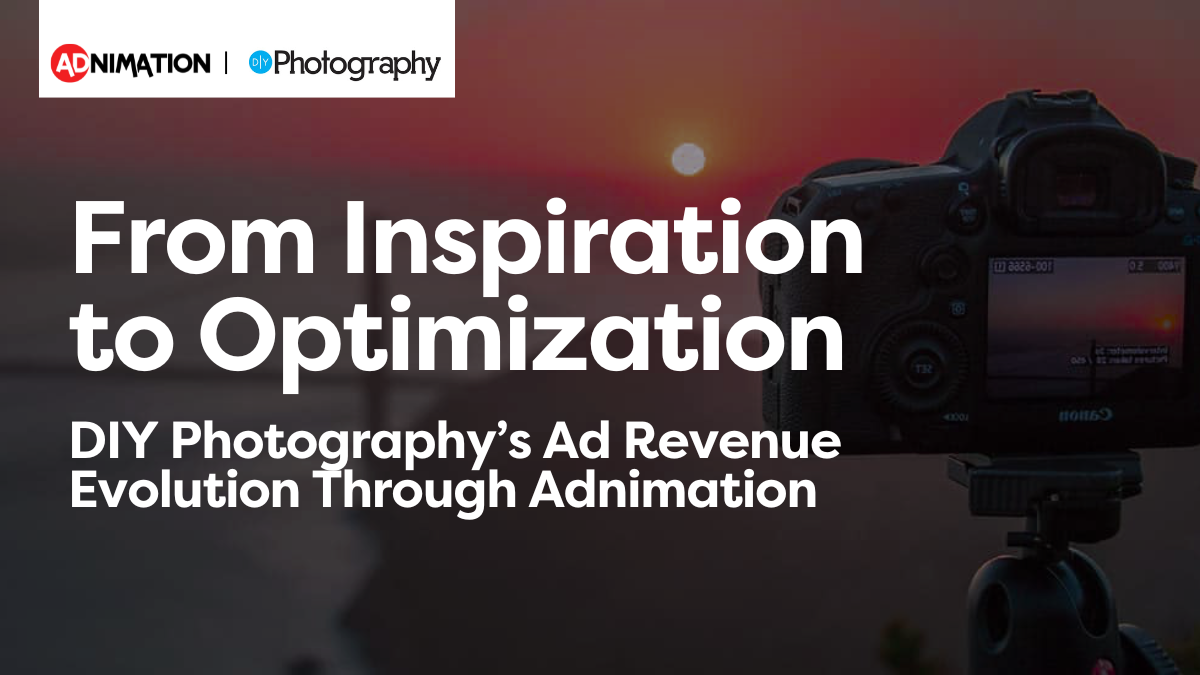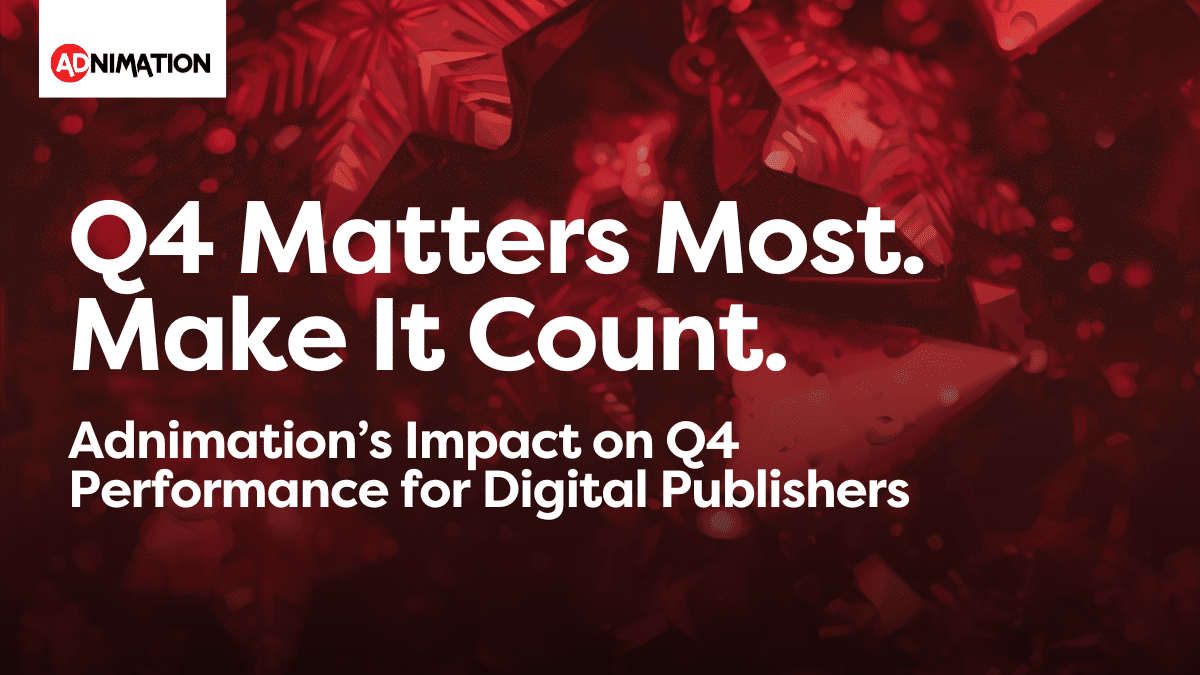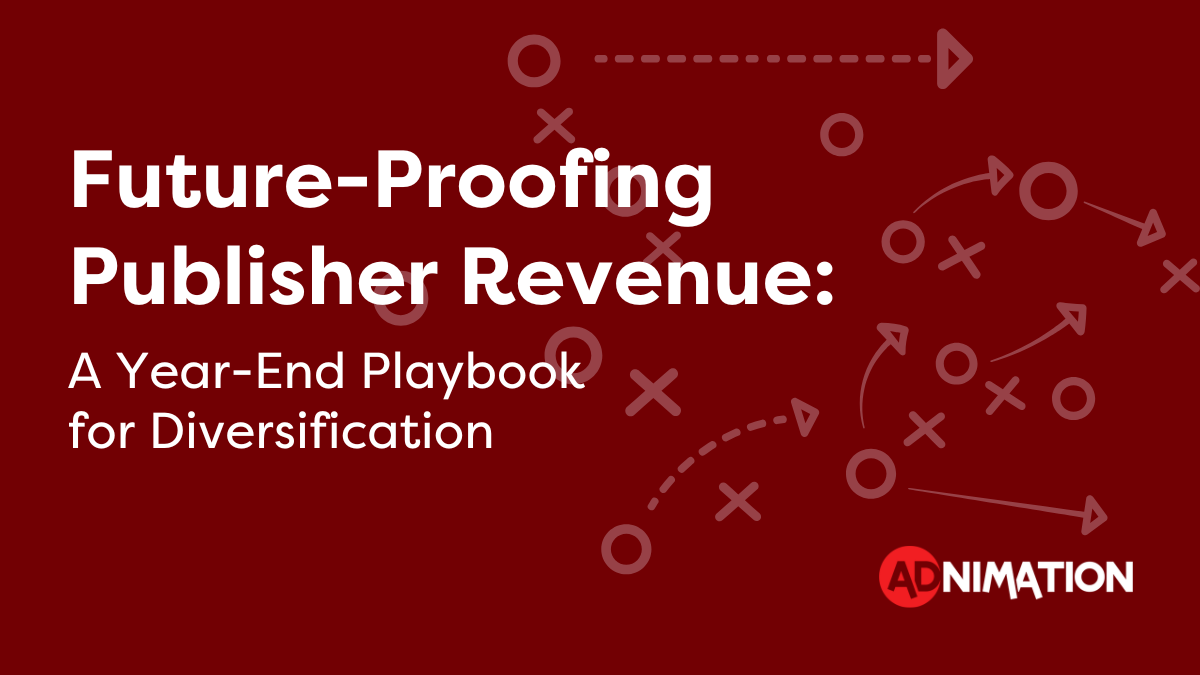Google Ad Blocker – The New Chrome Feature
Google plans to release a new ad blocking feature for the Chrome browser for both desktop and mobile, according to The Wall Street Journal. Naturally, publishers are concerned by the potential implications on their websites’ ad revenue. Here’s everything publishers need to know about the new Google ad blocker.
What would the Google ad blocker actually block?
According to sources which were described as “people familiar with Google’s plans”, the planned Google ad blocker feature for Chrome will block or filter out specific types of online ads which are considered as bad experience for the website’s users.
There is no actual information on what types of ads will be blocked. A possible explanations could be found at the Coalition For Better Ads, which is partially supported by Google. This organization released on March 22, 2017 a list of initial better ads standards. According to this list, the following online ads are “least preferred”:
- Pop-up ads (desktop and mobile)
- Auto-playing video ads with sound (desktop and mobile)
- Prestitial ads with countdown (desktop) and without countdown (mobile)
- Large sticky ads (desktop – 970×250, 580×400, and mobile – more than 30%)
- Ad density higher than 30% (mobile)
- Postitial ads with countdown (mobile)
- Full-screen scrollover ads
Will the Google ad blocker be turned on as default?
It is still not clear whether the new Google ad blocking feature for Chrome will be turned on as default in future versions of the popular browser. According to the Wall Street Journal article by Jack Marshall, the feature could be switched on by default. This is all we know by now. From past experience, when Google wants to push and promote a new feature they can definitely choose to set is as default.
How can this be true?
Many publishers doubt this story about the ad blocker and dismiss it as a fearful rumor. As long as Google’s revenue depends on online advertising, why would they block ads, they rightfully ask. And in fact, except for the mentioned Wall Street Journal article, on which Google declined to comment, there has been no other sources confirming this Google ad blocker plan.
The suggested explanation is that Google’s ad blocking feature could be their response to the rapid growth of third-party ad blocking solutions. Releasing their own ad blocking feature would allow them to control this niche market. Also, this way they can prefer Google’s own products and limit the power of ad blockers to charge advertisers a fee to bypass the filter.
When will the new Google ad blocker be released?
To this moment in the middle of May 2017 there is no confirmation from Google that they are actually going to release such an ad blocking feature for Chrome. The original story states that it could be announced within weeks. But in the same sentence it also says that Google could decide to cancel the plan all together.
It could also be that this entire story is a spin, trying to test market reactions to such a possible Google ad blocker. Alternatively, it could be that someone within Google is working on such a feature, but it still hasn’t been approved by Google’s top management. It’s common knowledge that engineers at Google can devote up to 20% of their work time to independent projects of their own interest.
What can publishers do?
Most content publishers finance their activity through online ads in the their websites. Accordingly, ad blockers are already a serious concern. Currently, 26% of US users – and more among younger audiences – are using some kind of ad blocking services. Should Google release their own ad blocker and switch it on as default in Chrome, this number would probably leap to over 50% (the Chrome browser accounts for more than half of web users, according to all sources).
Until the Google ad blocker is released, if Google will actually go ahead with this plan, publishers are urged keep their websites clear of abusive ads or other types of ads that cause bad user experience. This way, their website’s rank in Google’s system will be higher. Then, the chances that the ad blocker will affect them will be lower.
Also, it would be reasonable to assume that the Google ad blocker will not filter out Google’s own ad server software DoubleClick for Publisher (DFP) and the premium Google ad exchange (Google Adx). Publishers should definitely consider using DFP and connecting to Google Adx, which are excellent tools for programmatic ad sales.
Here at Adnimation we help content publishers increase their programmatic ad revenue. As their trusted adviser for everything related to website ads and monetization, we help publishers understand and work with all new advertising technologies. Our work includes header bidding, dynamic mobile ads and Google Adx management, as some examples. If and when the new Google ad blocker becomes a reality, we will be there to help as well.
Update: Read the newer post about Chrome Ad Filtering.





